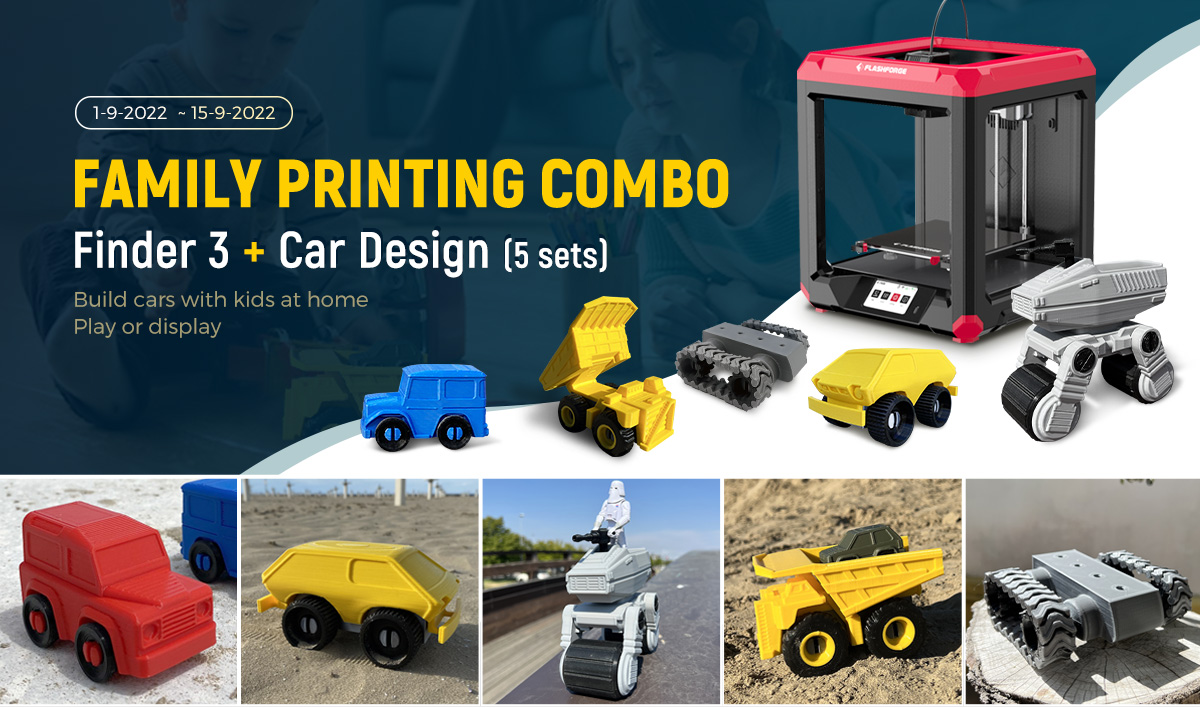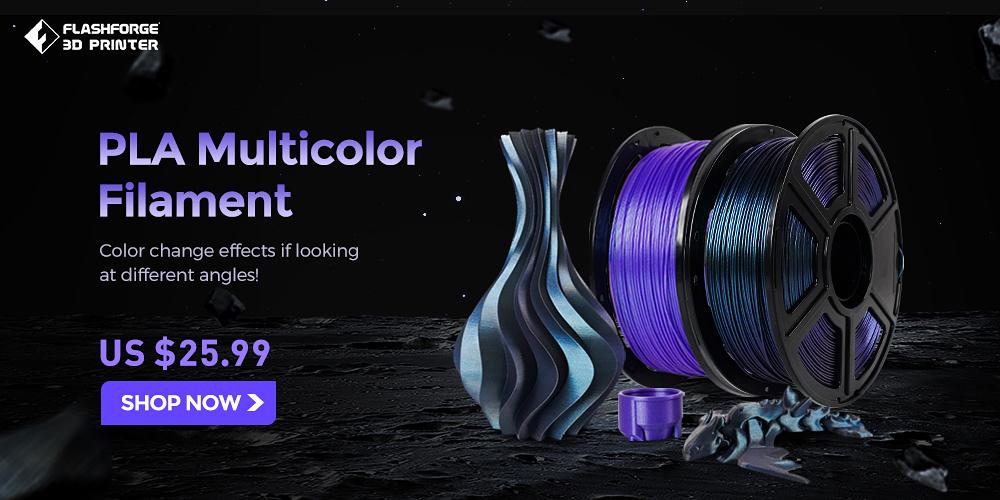 Welcome to the world of 3D Printers and 3D Printing, a process that involves creating a three-dimensional object from a digital file. It all begins with a 3D model, which is a computer-aided design (CAD) file that represents the object in three dimensions. This model is then sliced into thin layers, and each layer is printed one at a time. These layers are fused together to create the final object.
Welcome to the world of 3D Printers and 3D Printing, a process that involves creating a three-dimensional object from a digital file. It all begins with a 3D model, which is a computer-aided design (CAD) file that represents the object in three dimensions. This model is then sliced into thin layers, and each layer is printed one at a time. These layers are fused together to create the final object.
3D printing is a versatile process that can be used to create a wide variety of objects, from prototypes to finished products. It is used in a variety of industries, including manufacturing, healthcare, and aerospace. 3D printing is also becoming increasingly popular for personal use, as it allows people to create custom objects for their own needs.
There are many different types of 3D printers available, each with its own strengths and weaknesses. The type of printer you choose will depend on the size and complexity of the objects you want to create.
3D printing is a rapidly evolving technology, and new developments are happening all the time. As technology continues to improve, 3D printing is becoming more affordable and accessible to everyone. This is opening up a world of possibilities for the future of manufacturing and design.
Types of 3D printers, each with its own strengths and weaknesses.
The most common types include Fused Filament Fabrication (FFF) printers that use a heated nozzle to melt thermoplastic filament, which is then deposited layer by layer to create the object.
Stereolithography (SLA) printers use a laser to cure liquid resin, which is then hardened layer by layer to create the object. Selective Laser Sintering (SLS) printers, on the other hand, use a laser to fuse powdered material, which is then sintered layer by layer to create the object.
FFF printers are the most affordable type of 3D printer, and they are relatively easy to use. However, they are not as precise as other types of 3D printers. And they are not suitable for printing objects with complex geometries.
SLA printers are more precise than FFF printers and are suitable for printing objects with complex geometries. However, they are more expensive than FFF printers, and they require more expertise to use.
SLS printers are the most precise type of 3D printer, and they are suitable for printing objects with complex geometries. However, they are the most expensive type of 3D printer, and they require the most expertise to use.
When choosing a 3D printer, it is important to consider the following factors:
- The type of material you want to print with. Not all 3D printers can print with all materials.
- The size of the objects you want to print. Some 3D printers have a limited build volume, which means that they can only print objects of a certain size.
- Your budget. 3D printers range in price from a few hundred dollars to several thousand dollars.
- Your level of expertise. Some 3D printers are easier to use than others.
There are many materials that can be used in 3D printing, and each printer type may have its own requirements. Yes, that is correct. Many different materials can be used in 3D printing, and each printer type has its own requirements. Some of the most common materials used in 3D printing include:
* *Thermoplastics* are a type of plastic that can be melted and then cooled to create a solid object. Thermoplastics are the most common type of material used in 3D printing, and they are available in a wide variety of colors and properties.
* *Resins* are a type of liquid material that can be hardened using a light source. Resins are often used for printing objects with complex geometries, and they are available in a wide variety of colors and properties.
* *Powders* are a type of material that can be fused together using a heat source. Powders are often used for printing objects with high strength and durability, and they are available in a wide variety of materials, including metals, ceramics, and plastics.
The type of material you can use with a 3D printer will depend on your specific printer. Some printers are only compatible with certain materials, so checking the manufacturer’s specifications before purchasing a printer is essential.
Additional details about each type of material:
*Thermoplastics are plastic that can be melted and then cooled to create a solid object. Thermoplastics are the most common type of material used in 3D printing, and they are available in various colors and properties. Some common thermoplastics include:
* Acrylonitrile butadiene styrene (ABS) is a strong and durable material often used to print functional objects.
* Polylactic acid (PLA) is a more affordable and eco-friendly material that is often used for printing prototypes and models.
* Polyethylene terephthalate glycol (PETG) is a strong and transparent material often used to print food-safe objects.
* Resins are a type of liquid material that can be hardened using a light source. Resins are often used for printing objects with complex geometries, and they are available in a wide variety of colors and properties. Some common resins include:
* Stereolithography (SLA) resins are a type of resin that is cured using a laser. SLA resins are often used for printing high-resolution objects with smooth surfaces.
* Digital light processing (DLP) resins are a type of resin that is cured using a projector. DLP resins are often used for printing large objects at high speed.
* Material jetting (MJ) resins are a type of resin that is deposited layer by layer using a print head. MJ resins are often used for printing objects with complex geometries and high resolution.
* Powders are a type of material that can be fused together using a heat source. Powders are often used for printing objects with high strength and durability, and they are available in a wide variety of materials, including metals, ceramics, and plastics. Some standard powders include:
* Metal powders are often used for printing objects with high strength and durability. Metal powders are available in various metals, including steel, aluminum, and titanium.
* Ceramic powders are often used for printing objects with high strength and heat resistance. Ceramic powders are available in a wide variety of ceramics, including porcelain, stoneware, and earthenware.
* Plastic powders are often used for printing objects with low cost and high speed. Plastic powders are available in a wide variety of plastics, including ABS, PLA, and PETG.
Save $10 when ordering $50+. USE CODE SAS23
I hope this information helps you to choose the right material for your 3D printing project.
Thanks,
Bullwinkle





3D Printers are something that I don’t know too much about, as it is pretty new technology, but it seems to be growing in leaps and bounds. There seem to be endless possibilities here, and they are advancing so quickly, I just can’t keep up. Next, we will be making clones of ourselves.
There are also so many different ingredients used to make the prints. I think that you can get really artistic using resin, but I wonder if this is the best type of 3D printer to go with, as some of the other materials used can make a multitude of other things. Do you know which is the most cost-effective substance to print with, as I guess that will go a long way in deciding on the type of machine to get?
The most cost-effective substance to print with is filament. The filament is a long, thin strand of plastic that is fed into a 3D printer. It is available in a wide variety of materials, including PLA, ABS, and PETG. PLA is the most common type of filament and is relatively inexpensive. It is also easy to print with and produces good-quality prints. ABS is more durable than PLA, but it is also more difficult to print with. PETG is a good middle ground between PLA and ABS. It is more durable than PLA but easier to print with than ABS.
Resin is another type of material that can be used in 3D printing. Resin is a liquid that is cured by ultraviolet light. It is available in a wide variety of colors and can be used to create high-quality prints with a smooth finish. However, resin is more expensive than filament and can be more difficult to work with.
The type of 3D printer you choose will depend on your needs and budget. If you are looking for a cost-effective way to create prototypes and models, then a filament printer is a good option. If you need to create high-quality prints with a smooth finish, then a resin printer may be a better choice.
There are many different brands and models available, so it is important to do your research before you buy. I use the Creality 3D printers for my business, along with the MakerGear M3 ID and RaisePro2. I can highly recommend these machines.